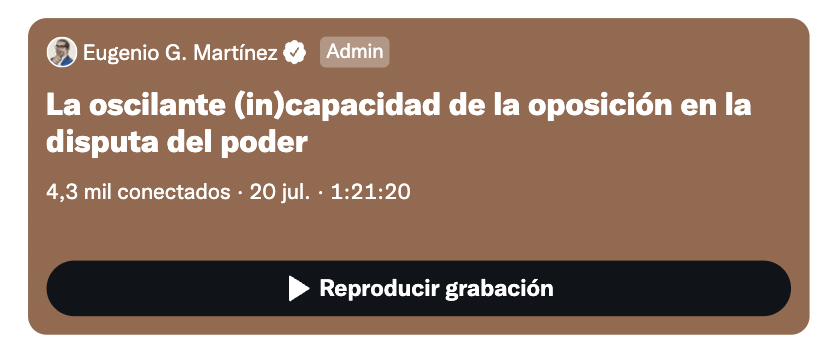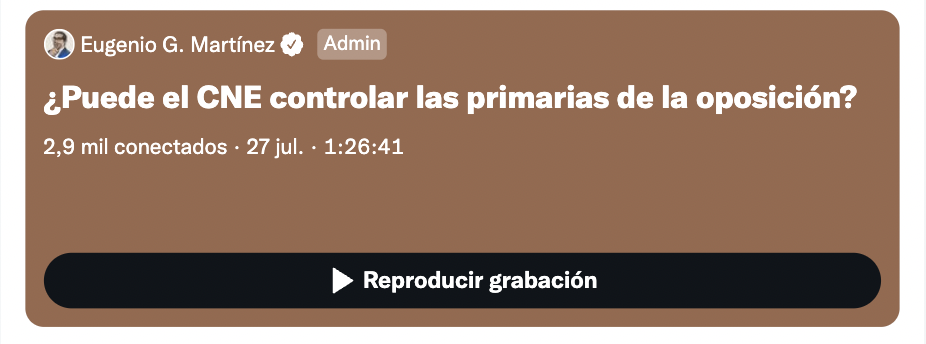By Leoardo Vera / CarpeDiem Report
Media sources reveal that the Central Bank of Venezuela (BCV) sold $80 million to the financial system in its last intervention of January 11, thus stepping up its intervention in the exchange market compared to the first week of the year and the average of its interventions throughout 2021. The strategy, as we already know, is focused on maintaining a stable official and regular exchange rate regardless of the parallel exchange rate’s trend. With this new intervention, in just two weeks of 2022, the monetary authority has injected $122.5 million into banks. Therefore, the official exchange rate of the US dollar has barely increased by 0.85% so far this year. The parallel exchange market had a slowdown trend with a 3.36% growth in the first two weeks of the year, after starting 2022 with notable increases. Since early 2021, the Central Bank of Venezuela has stepped up its interventions in the exchange rate market of the financial system, to align with the monthly growth of the value of oil exports. Based on the above, we may think that the Central Bank of Venezuela not only calls upon the accumulated stock of foreign reserves, but is also focused on the purchase of foreign currency to the oil industry.
Meanwhile, the Central Bank of Venezuela released the National Consumer Index Price until December, showing a variation rate of 7.6% m-o-m in the last month of the year, thus becoming the fourth consecutive month with a single-digit variation, which did not happen since April 2017. The annual inflation stands at 686.65% y-o-y. This significant inflation slowdown compared to recent years results mainly from a relatively exchange rate in the second half of 2021, supported by the growing intervention of the Central Bank of Venezuela in the official exchange market and the restrictive monetary policy of reserve requirement and related penalties.
In perspective, in a scenario of improved crude oil prices and production, the Central Bank of Venezuela could continue its intervention in the banking private market as long as the oil sector can continue selling foreign currencies to address its needs in bolivars. The low likelihood of a strong dollarization progress in payments and transactions in the public sector leads to the perception that the financial needs in bolivars in this circuit will continue to have a space.
The strategy of the exchange rate acting as an anchor has been effective due to the impairment of the bolivar purchasing power and the subsequent demonetization (in bolivars) of the economy. These phenomena result from a long-lasting and deep hiperinflation recorded in Venezuela. In fact, with the Central Bank of Venezuela supplying non-significant amounts of foreign currencies in the market from time to time, an exchange-rate targeting is not hard to conceive. The monetary liquidity is barely near US$ 830 million, which amounts to less than a month of oil exports.
Naturally, the notable disinflation does not mean that the inflation control is almost upon us. The monthly inflation rate recorded in the economy during the last 4 months (7.5%) is an indicator of the lack of policy components to achieve a comprehensive strategy ensuring that the inflation rate can reach the average level of the region. Besides, the increase of the cost of living in dollars instead of the inflation in bolivars is a source of public concern.
THE POLICY OF PROMOTING THE EXCHANGE RATE AS AN ANCHOR WILL CONTINUE IN 2022






